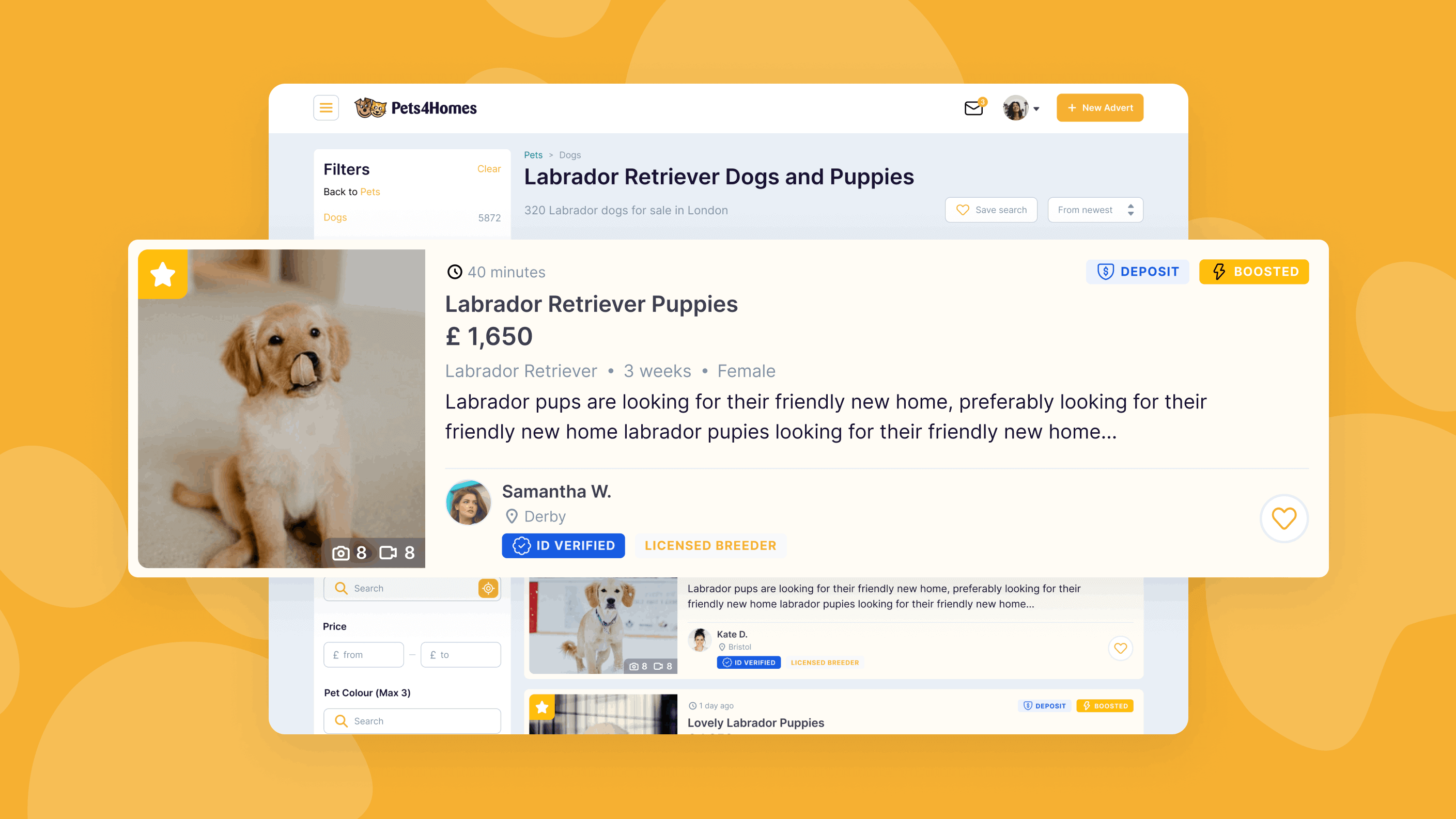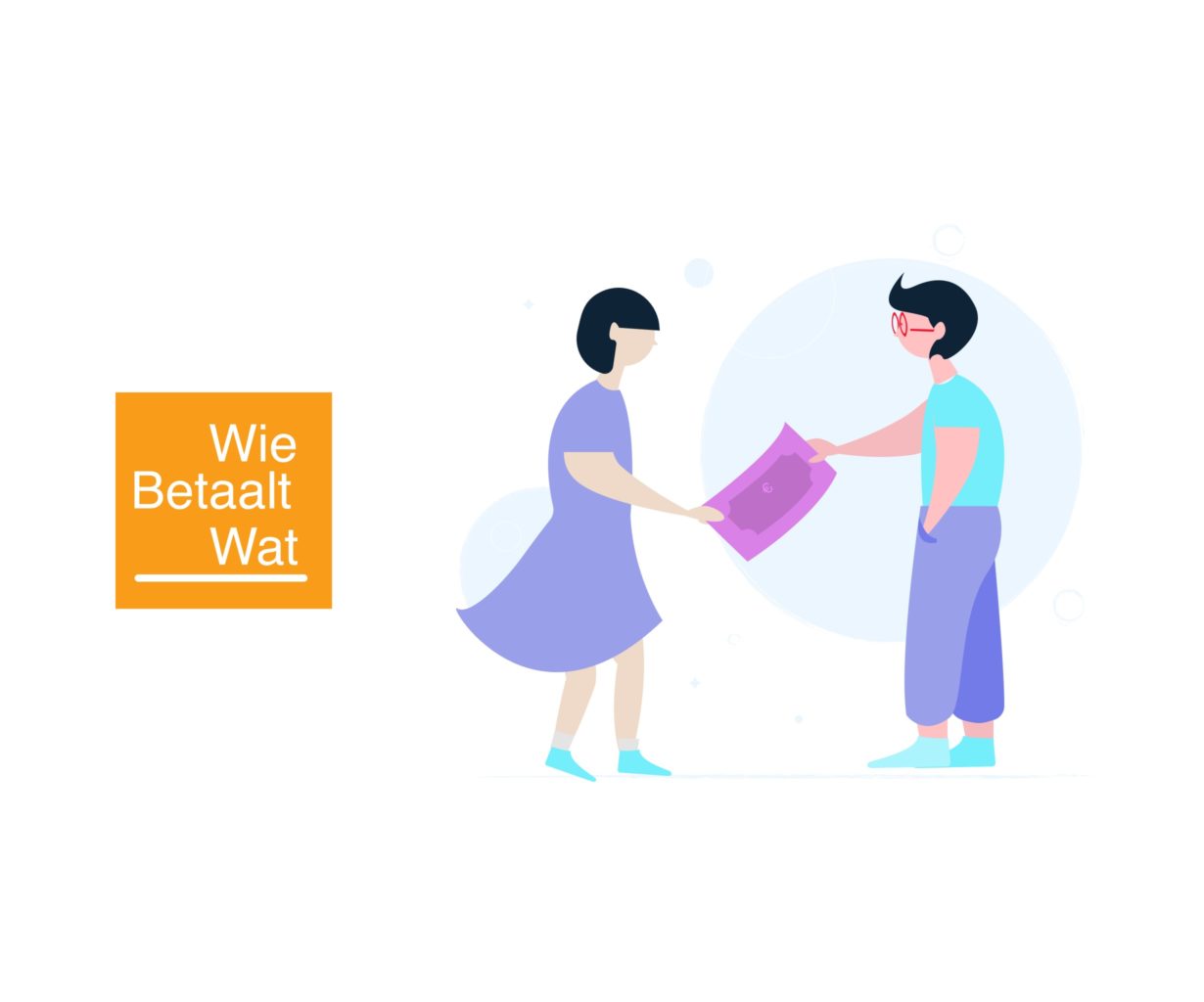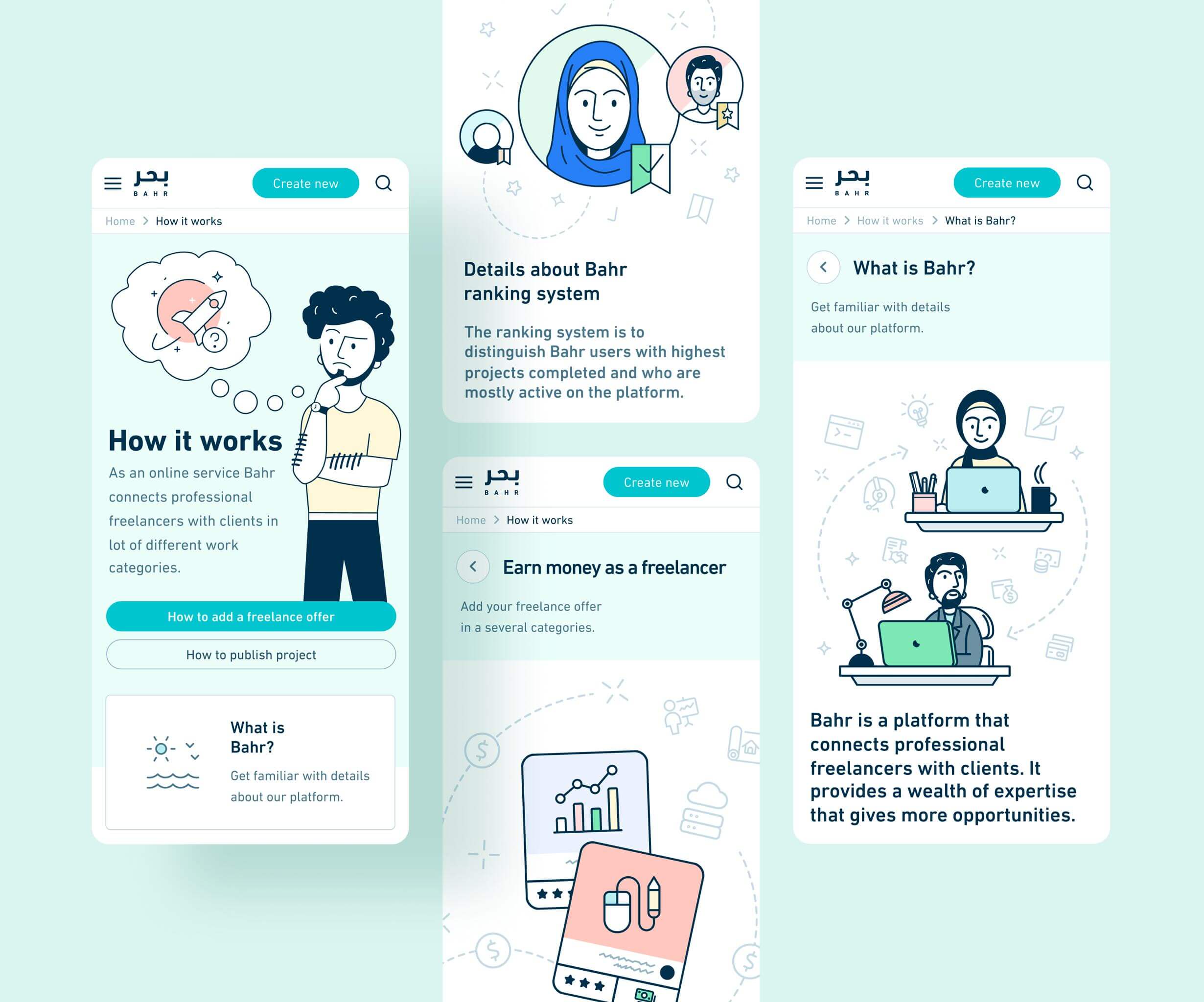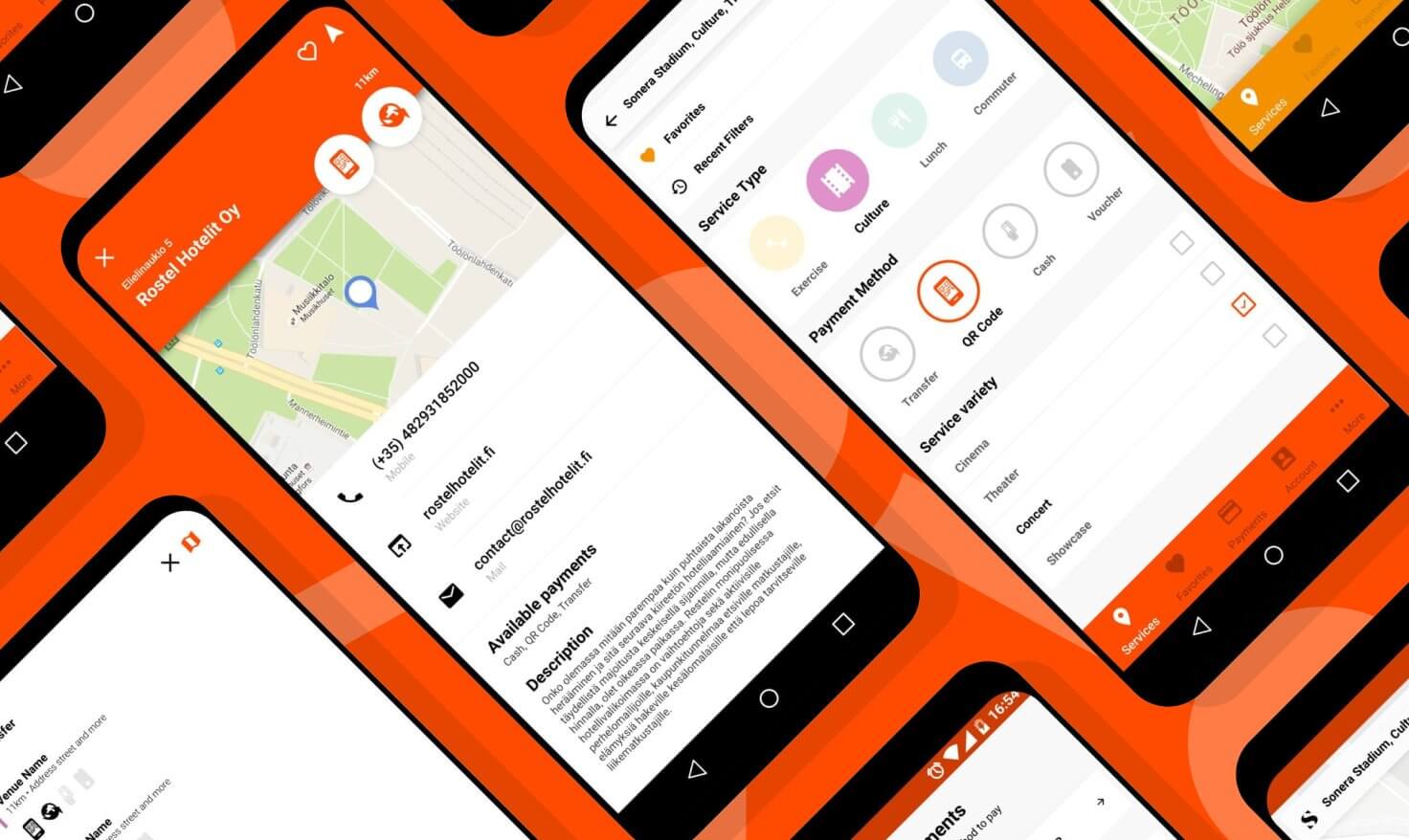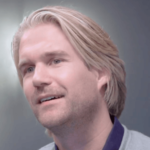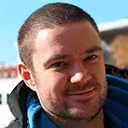
In the middle, there are following steps
Product Design stages
A 5 Stage Process to Better Product Design. At its core, design thinking is a problem-solving methodology that, first and foremost, focuses on the user’s needs rather than the product’s specifications. Teams that fuse design thinking into their design process can develop better, user-centered products
Empathise
Critical starting point
The first stage of the process is spent getting to know the user and understanding their wants, needs and objectives. This means observing and engaging with people in order to understand them on a psychological and emotional level.
During this phase, the designer seeks to set aside their assumptions and gather real insights about the user. Learn all about key empathy-building methods here.

User interviews
Body & brainstorming
Empathy & customer journey maps
Define
Defining the problem
The second stage in the Design Thinking process is dedicated to defining the problem. You’ll gather all of your findings from the empathise phase and start to make sense of them: what difficulties and barriers are your users coming up against?
What patterns do you observe? What is the big user problem that your team needs to solve? By the end of the define phase, you will have a clear problem statement. The key here is to frame the problem in a user-centered way; rather than saying “We need to…”, frame it in terms of your user: “Retirees in the Bay area need…”
Once you’ve formulated the problem into words, you can start to come up with solutions and ideas — which brings us onto stage three.

Data gathering
Product workshop
Ideate
Solid understanding
it’s time to start working on potential solutions. The third phase in the Design Thinking process is where the creativity happens, and it’s crucial to point out that the ideation stage is a judgement-free zone! Designers will hold ideation sessions in order to come up with as many new angles and ideas as possible.
There are many different types of ideation technique that designers might use, from brainstorming and mindmapping to bodystorming (roleplay scenarios) and provocation — an extreme lateral-thinking technique that gets the designer to challenge established beliefs and explore new options and alternatives.
Towards the end of the ideation phase, you’ll narrow it down to a few ideas with which to move forward. You can learn about all the most important ideation techniques here.

Moodboarding
Wireframing
Prototype
Experimentation
A prototype is basically a scaled-down version of the product which incorporates the potential solutions identified in the previous stages. This step is key in putting each solution to the test and highlighting any constraints and flaws.
Throughout the prototype stage, the proposed solutions may be accepted, improved, redesigned or rejected depending on how they fare in prototype form. You can read all about the prototyping stage of Design Thinking in this in-depth guide.

Design sprints
Test
Build test repeat
After prototyping comes user testing, but it’s important to note that this is rarely the end of the Design Thinking process. In reality, the results of the testing phase will often lead you back to a previous step, providing the insights you need to redefine the original problem statement or to come up with new ideas you hadn’t thought of before. Learn all about user testing in this guide.


Portfolio
This process helped us build great products for our clients
Why clients love building digital
products with The Software House

